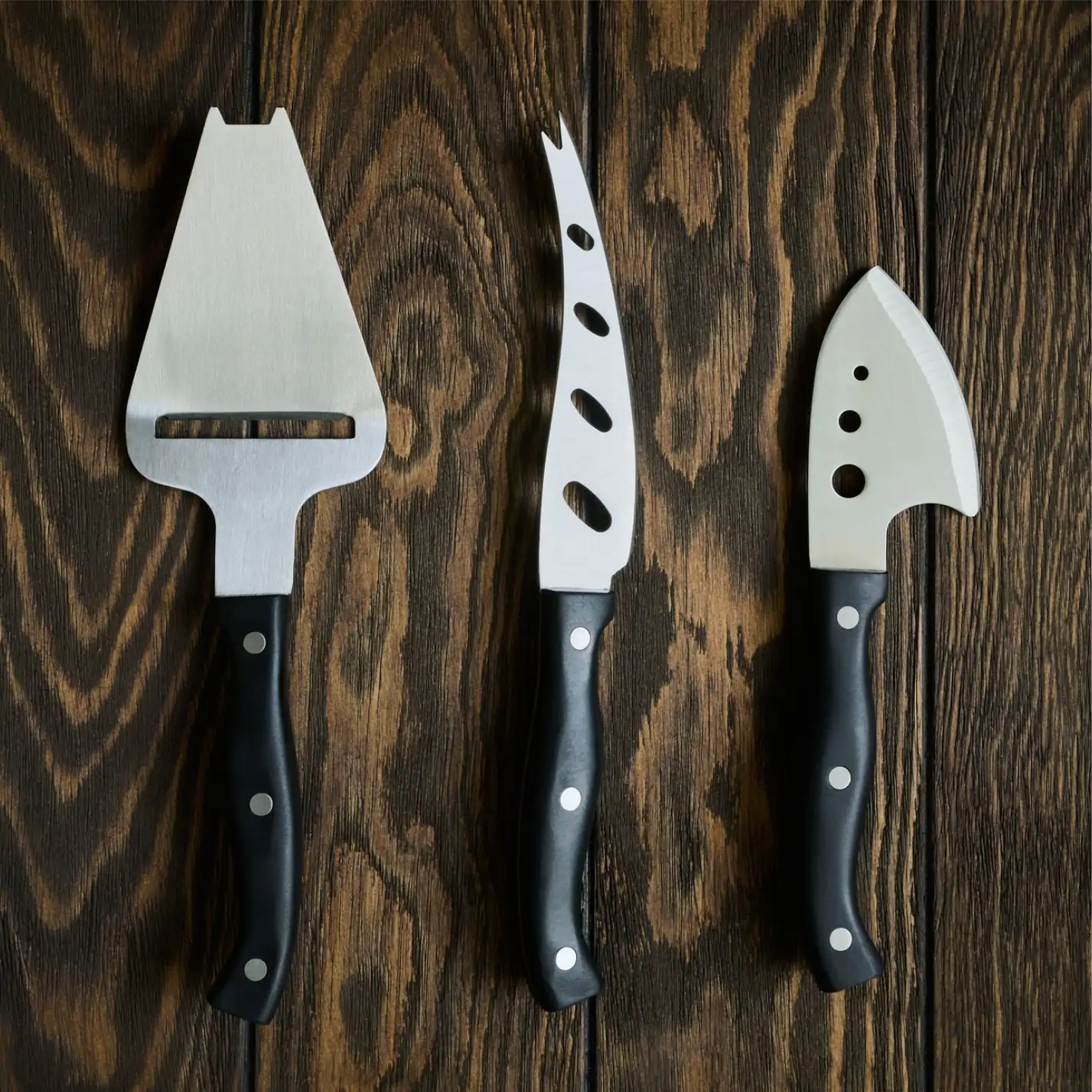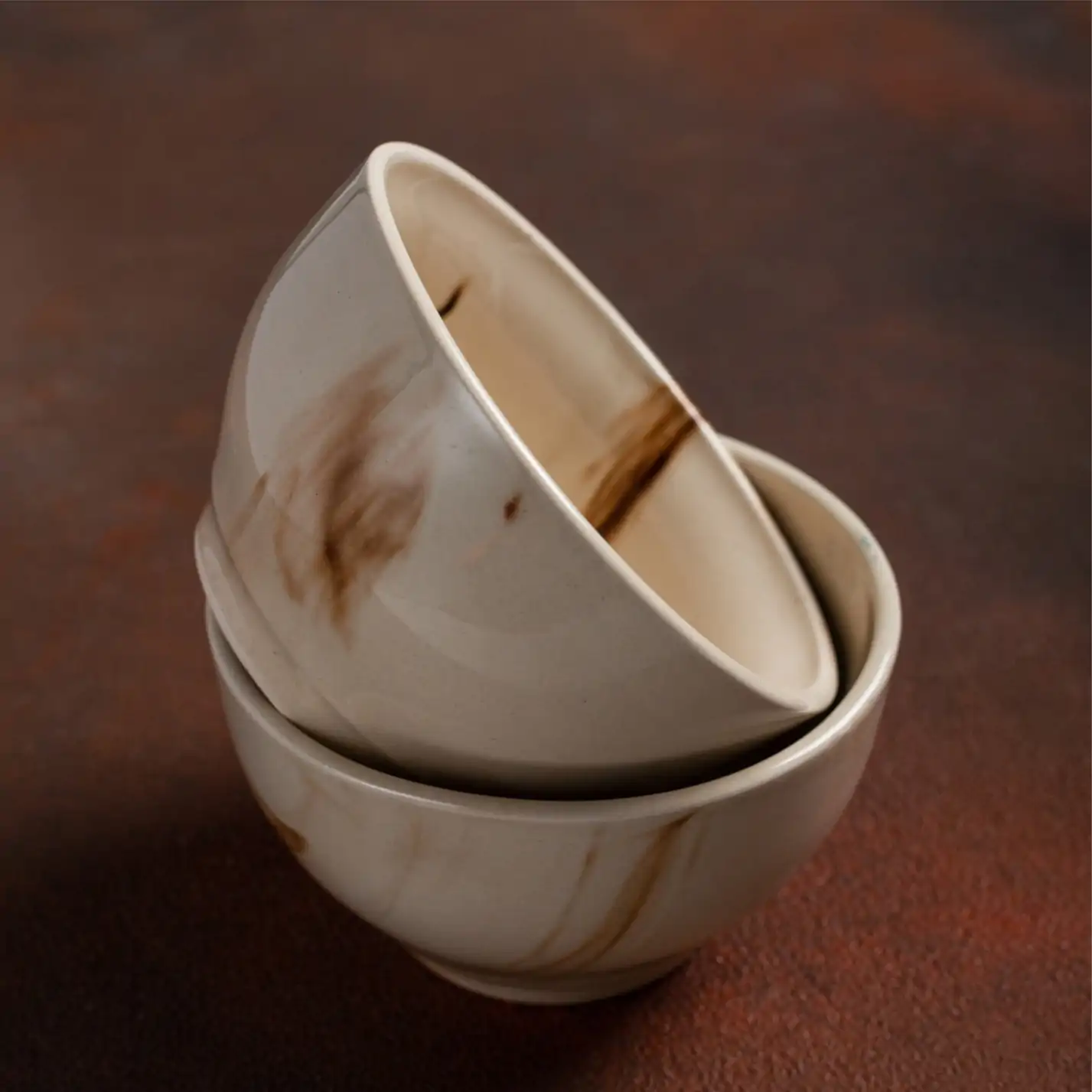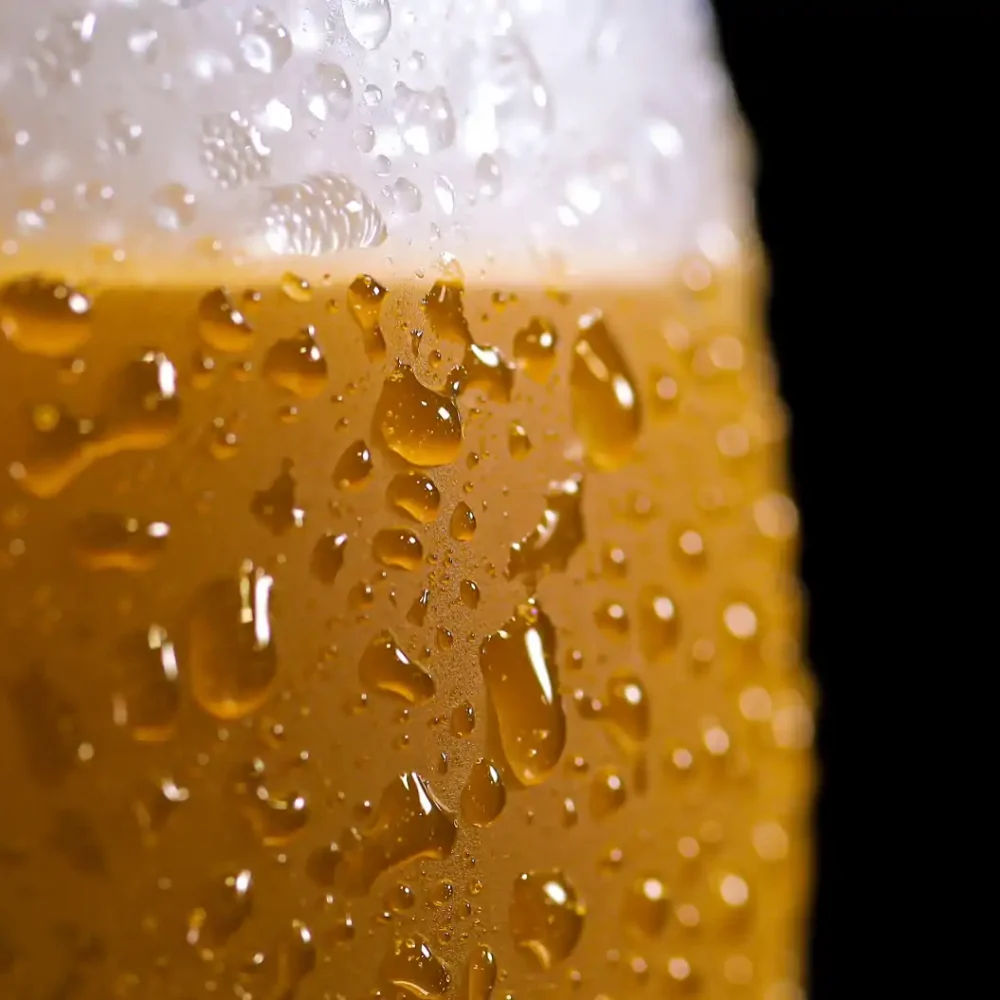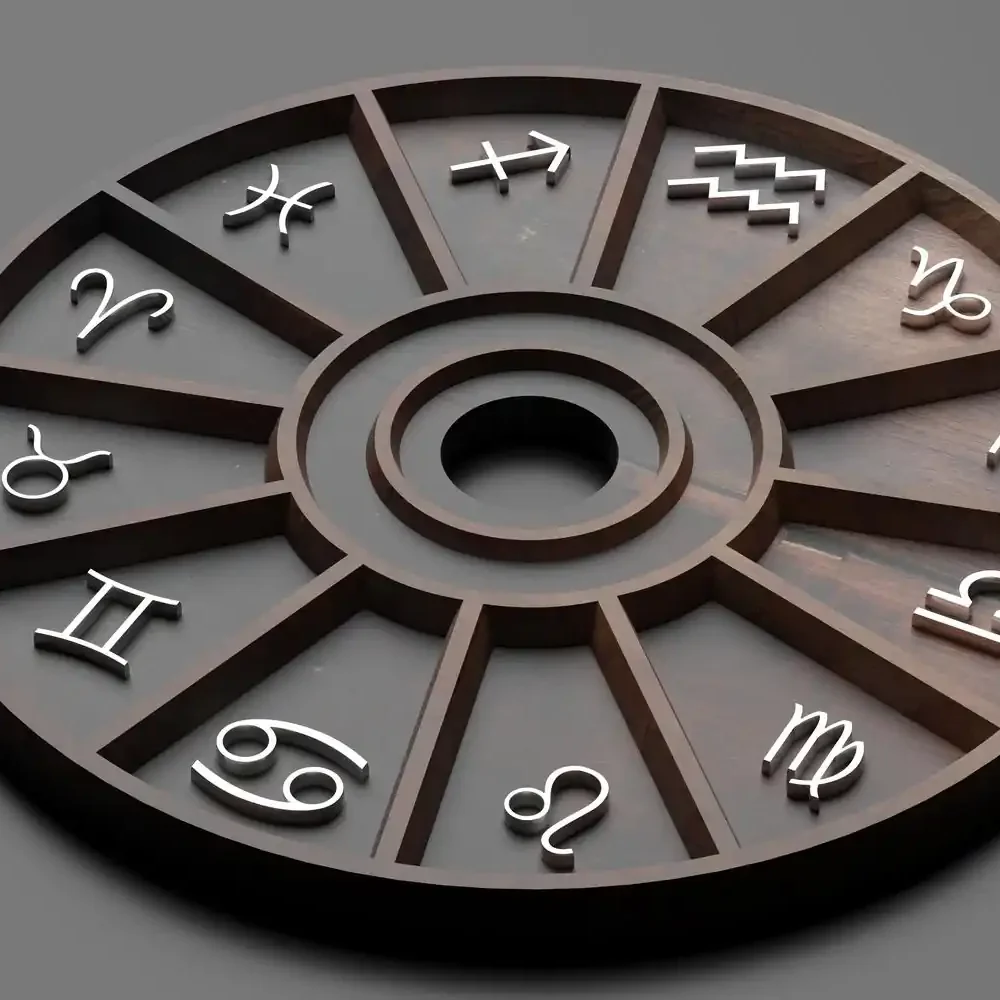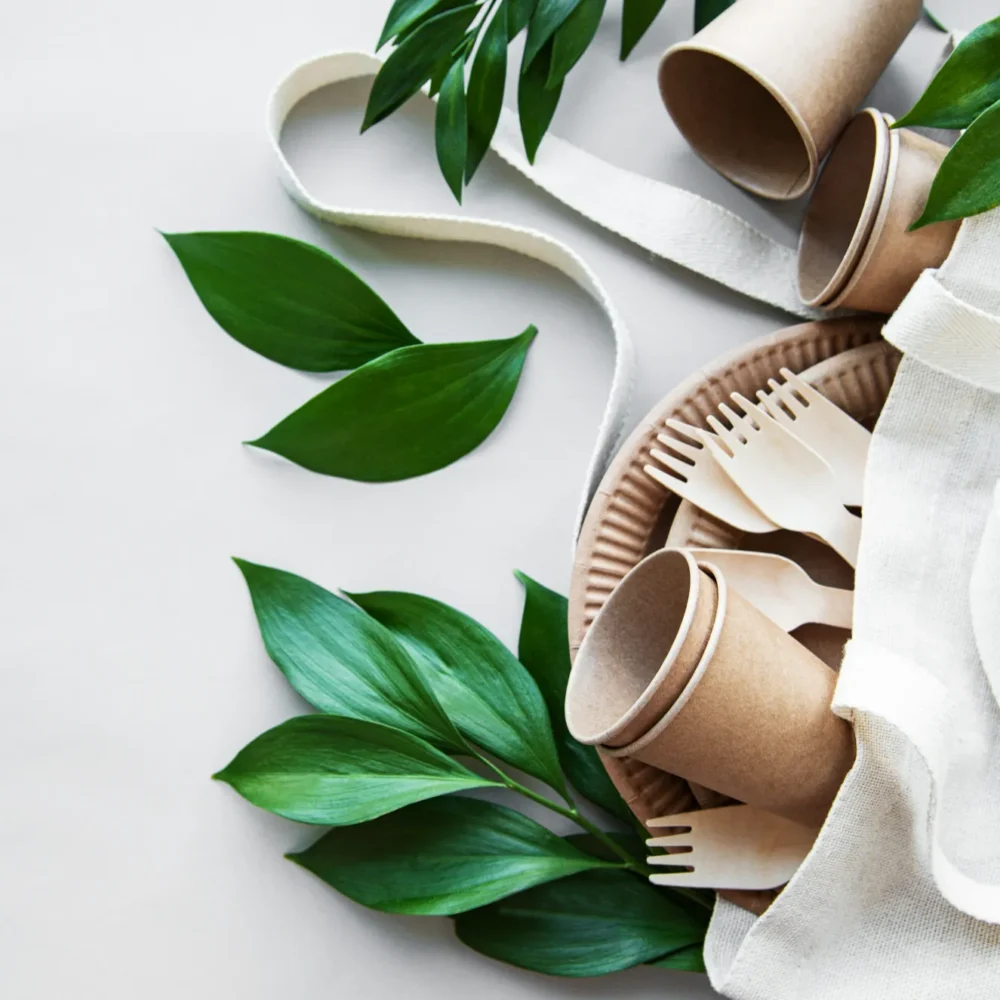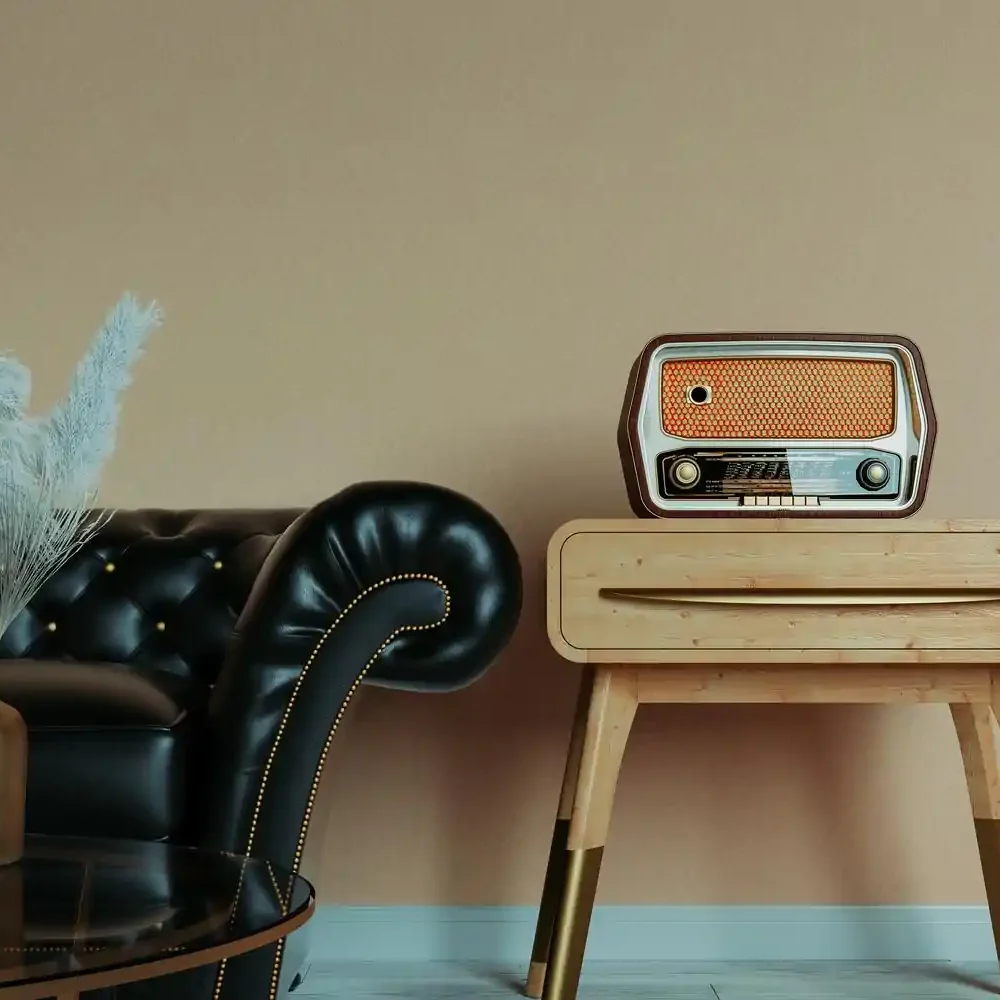
How to Make a Perfect Charcuterie Board?
What Is Charcuterie?
Charcuterie is a French term that refers to a type of business that specializes in prepared meats, as well as the cured, preserved, and dried meats offered in the shop, such as salami, prosciutto, and pancetta. A typical charcuterie board is a dish designed for snacking, featuring cheese, crackers, sauces, and other goodies with various meats.
What Should You Put on a Charcuterie Board?
Choosing products and recipes for a charcuterie board may be daunting, but it doesn’t have to be! Meats, cheeses, savory accompaniments, sweet accompaniments, and crackers are the most significant components of a charcuterie board.
- Meats – The Characuterie Board meat ideas are; Prosciutto, Soppressata, Calabrese, Mortadella
- Cheeses – Herbed Boursin, Mimolette, Smoked Gouda, Havarti, Blue cheese, Southern pimento cheese spread
- Crackers and condiments – Thyme sea salt crackers, Rye crackers, Baguette slices, Long, thin crackers, Stone ground mustard, Tupelo honey
- Fruits and Vegetables – Sweety Drop peppers, red, green and purple grapes, Dried fruits
- Pickles and Nuts – Marinated olives, Rosemary walnuts , Gherkins, Marcona almonds
How to Arrange a Charcuterie Board
- Choose your board. The size of your board or plate is determined mostly by the amount of people you are serving, and it may be as huge or tiny as you wish! You could always utilize numerous boards if you have a large group to serve or simply want a wider variety of food (dips, sandwiches, desserts, etc.). Any board will do, whether it’s a chopping board, a serving tray, or even your countertop!
- Start with the cheese: Begin with the cheese since it serves as the board’s anchor. Working in odd numbers, pick 3, 5, or 7 varieties of cheese to put around the board, depending on the size of your party.
- Fold and add the meats: Now comes the charcuterie section of your charcuterie. Arrange the Calabrese salami slices in a S configuration. Fan out the soppressata slices by folding them in half. Fold the prosciutto and mortadella into quarters and keep them separate—you don’t want to mix them up by putting them directly next to one other because they’re similar colors.
- Add savory and sweet accompaniments.Fill up the spaces with savory and sweet dishes. Colors should be separated so that the strongest colors shine out, and foods that go well together should be placed together. For instance, mustard, salty foods, and nuts alongside salami and sopresseta, as well as strong cheeses such as parmesan. Sweet accompaniments like fresh fruit, jams, and candied almonds work well with brie or goat cheese. Cheddar cheese complements both savoury and sweet dishes.
- Fill in all the extra space with crackers: Look for holes on the board and distribute crackers evenly. Fill up any gaps with extra tiny nuts or berries.
- Serve and enjoy!
The charcuterie board is finished! Set it out with additional cheese knives and spoons, as well as snack plates and napkins.
Then grab a dish and get to eating! Guests may be hesitant to get into your beautifully placed charcuterie platter When you begin eating, you are signaling to them that the board is ready and urging them to fill their plates high.
100+ Items to Put on Cheese Board
Charcuterie boards (also known as snack boards) are often stocked with a variety of meats, cheeses, vegetables, nuts, olives, dried fruits, crackers, and so on. They are the ideal adaptable appetizer. They’re a major fad right now, and the best part is that you can make them as casual or as elaborate as you like!
Here’s the deal.
They might be as simple as putting on a few pieces (ingredients you have on hand) for an afternoon or as elaborate as a celebration or wedding. Don’t make it too difficult, and don’t use foods that your visitors or family members won’t eat.
I hope your creative wheels are already turning for your next charcuterie board! Customize it with favorite foods/recipes, dietary restrictions, family traditions, flavors/textures, you name it!
To make things even easier, and here’s a list of 100+ things you can place on a charcuterie board by category!
Meats
- Turkey
- Ham
- Roast beef
- Chicken
- Jerky
- Prosciutto
- Salami
- Bacon
- Pepperoni
- Cured meat
- Shrimp
- Summer sausage
- Boiled eggs
Cheeses
- Cream cheese
- Balsamic vinegar
- Cottage cheese
- Cheddar cheese
- Gouda
- Goat cheese
- Feta
- Brie
- Blue cheese
- Soft cheese/ hard cheeses
- Manchego
- Pepper jack cheese
- Swiss cheese
- Colby jack cheese
- Mozzarella sticks or slices
Fruits & Veggies
- Grapes
- Strawberries
- Bananas
- Apricots
- Oranges
- Apples
- Kiwi
- Watermelon
- Pears
- Cantaloupe
- Cherries
- Blueberries
- Pineapple
- Raspberries (any berries)
- Snap peas
- Carrots
- Celery
- Cucumbers
- Cauliflower
- Broccoli
- Cherry tomatoes
- Olives
- Pickles
- Peppers
- Fresh herbs
Crackers & Dips
- Crackers (Ritz, Wheat Thins, Triscuits, etc.)
- Pretzels
- Bruschetta
- Chips
- Goldfish
- Baguette slices
- Almonds
- Walnuts
- Peanuts
- Cashews
- Pistachios
- Croutons
- Sunflower seeds
- Fruit dip
- Peanut butter
- Honey
- Veggie dip
- Jellies/jams
- Hummus
- Ranch
- Salsa
- Guacamole
Treats/Desserts
- Marshmallows
- Chocolate chips
- Cookies
- Fruit snacks
- Licorice
- Skittles
- Reese’s peanut butter cups
- Jelly beans
- Candy canes
- Conversation hearts
- Caramel
- Taffy
- Chocolate
- Gummy bears
- Popcorn
- Momos
- Swedish fish
- Cereal
- Brownies
- Pudding
- Mints
Pro tips:
- Keep it simple! This may sound obvious, but build your board with the people who will eat from it in mind, and load it with basic things that people genuinely LIKE! When in doubt, avoid sophisticated and pricey cheeses, nuts, crackers, or sauces that your guests may dislike.
- Make it COLORFUL! I enjoy using fruit to add color, such as vivid red apples, green and red grapes, strawberries, raspberries, or blueberries.

